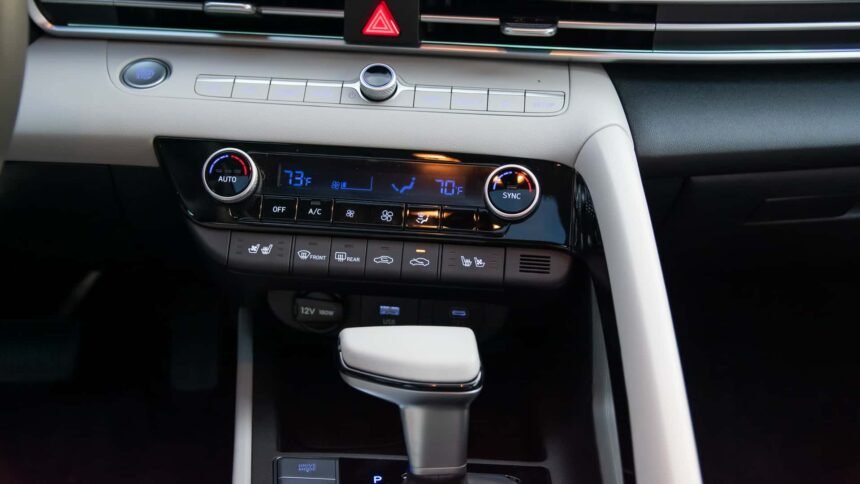In an age where touchscreens dominate the automotive industry, Hyundai is taking a step back to reconsider the importance of physical buttons in car design. Recognizing the potential dangers of excessive screen reliance, the company is striving to maintain tactile controls where they are most essential.
Simon Loasby, Senior Vice President of Design at Hyundai, acknowledges that too much screen time can leave drivers feeling stressed, annoyed, and distracted. In an interview with Autocar, he emphasized the need to prioritize keeping the driver’s eyes on the road, rather than on a screen. Loasby highlighted the importance of muscle memory in allowing drivers to adjust settings without diverting their attention from the road.
Hyundai’s design boss, Luc Donckerwolke, shed light on the cost-saving benefits of large screens in modern infotainment systems. While screens can streamline production processes, Hyundai recognizes that many drivers still value analog interaction. As a result, the company aims to strike a balance between touchscreens and physical buttons in their future vehicle designs.
Recently, Hyundai unveiled the Pleos software platform, showcasing a Tesla-style display with a row of blank buttons beneath it. This design suggests that Hyundai is exploring ways to incorporate physical controls alongside touchscreen technology. As Hyundai prepares to launch models equipped with the Android Automotive-powered operating system in 2026, these physical buttons are expected to gain functionality.
Ultimately, Hyundai’s approach to integrating touchscreens and physical controls reflects a nuanced understanding of driver preferences and safety concerns. By combining the convenience of touchscreen technology with the familiarity of physical buttons, Hyundai aims to enhance the driving experience while prioritizing safety on the road.







